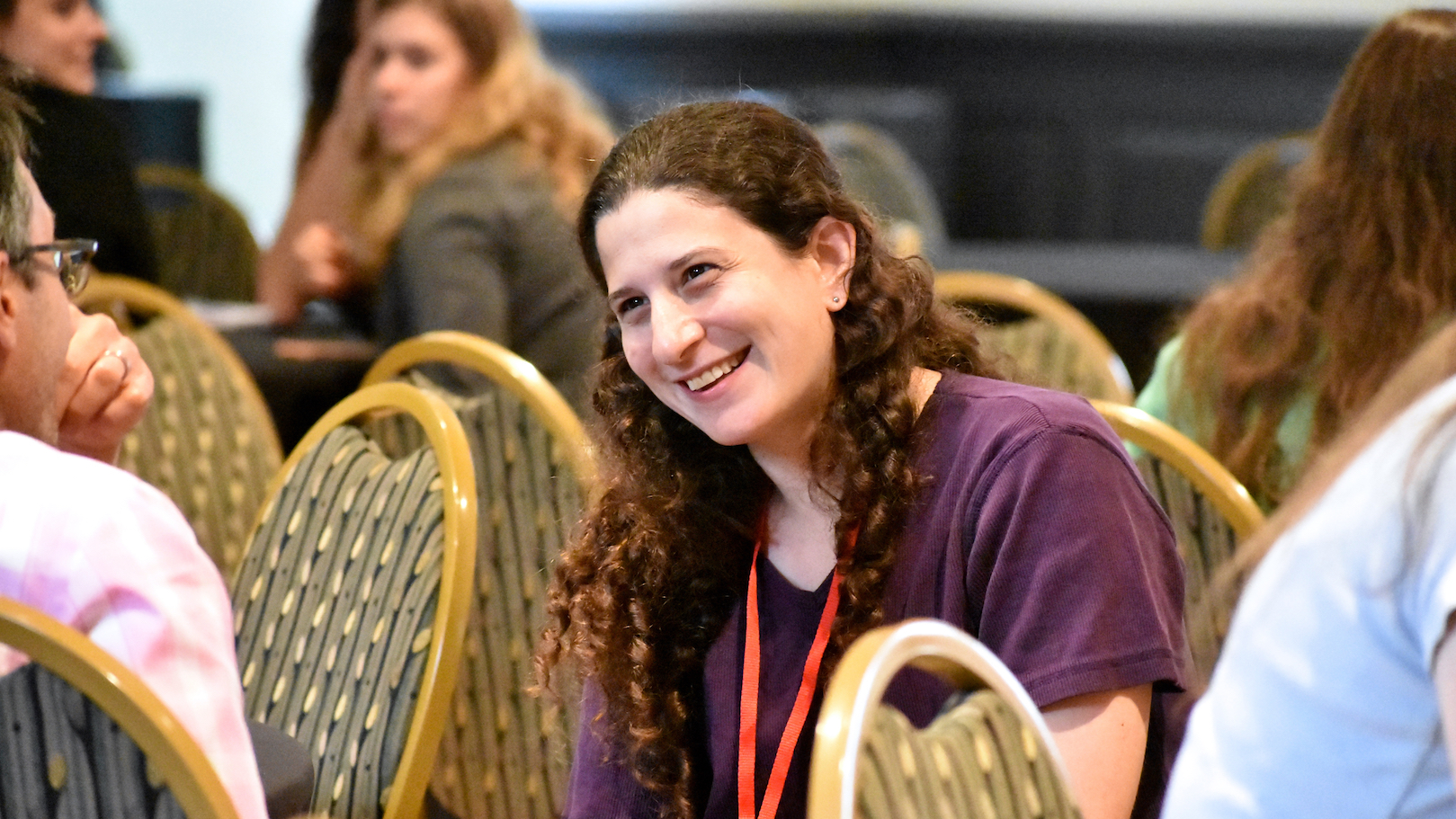Kasia and Naomi in PNAS
September 16, 2022

How do infants learn which acoustic dimensions of their language are contrastive?
Now out in the Proceedings of the National Academy of Sciences, "Naturalistic speech supports distributional learning across contexts," by Kasia Hitczenko *19 – now a postdoc in the Laboratoire de Sciences Cognitives et Psycholinguistique at the Ecole Normale Supérieure, Paris – with former advisor Naomi Feldman. Drawing on the final chapter of Kasia's dissertation, the paper asks how children with their first year of life come to recognize which acoustic dimensions of their language are contrastive. In response it shows that the answer may come from information, not just about the sound itself, but about which acoustic contexts it occurs in, as the same sound in two different contexts may express two different phonetic categories. The abstract is below.
Naturalistic speech supports distributional learning across contexts
At birth, infants discriminate most of the sounds of the world’s languages, but by age 1, infants become language-specific listeners. This has generally been taken as evidence that infants have learned which acoustic dimensions are contrastive, or useful for distinguishing among the sounds of their language(s), and have begun focusing primarily on those dimensions when perceiving speech. However, speech is highly variable, with different sounds overlapping substantially in their acoustics, and after decades of research, we still do not know what aspects of the speech signal allow infants to differentiate contrastive from noncontrastive dimensions. Here we show that infants could learn which acoustic dimensions of their language are contrastive, despite the high acoustic variability. Our account is based on the cross-linguistic fact that even sounds that overlap in their acoustics differ in the contexts they occur in. We predict that this should leave a signal that infants can pick up on and show that acoustic distributions indeed vary more by context along contrastive dimensions compared with noncontrastive dimensions. By establishing this difference, we provide a potential answer to how infants learn about sound contrasts, a question whose answer in natural learning environments has remained elusive.

